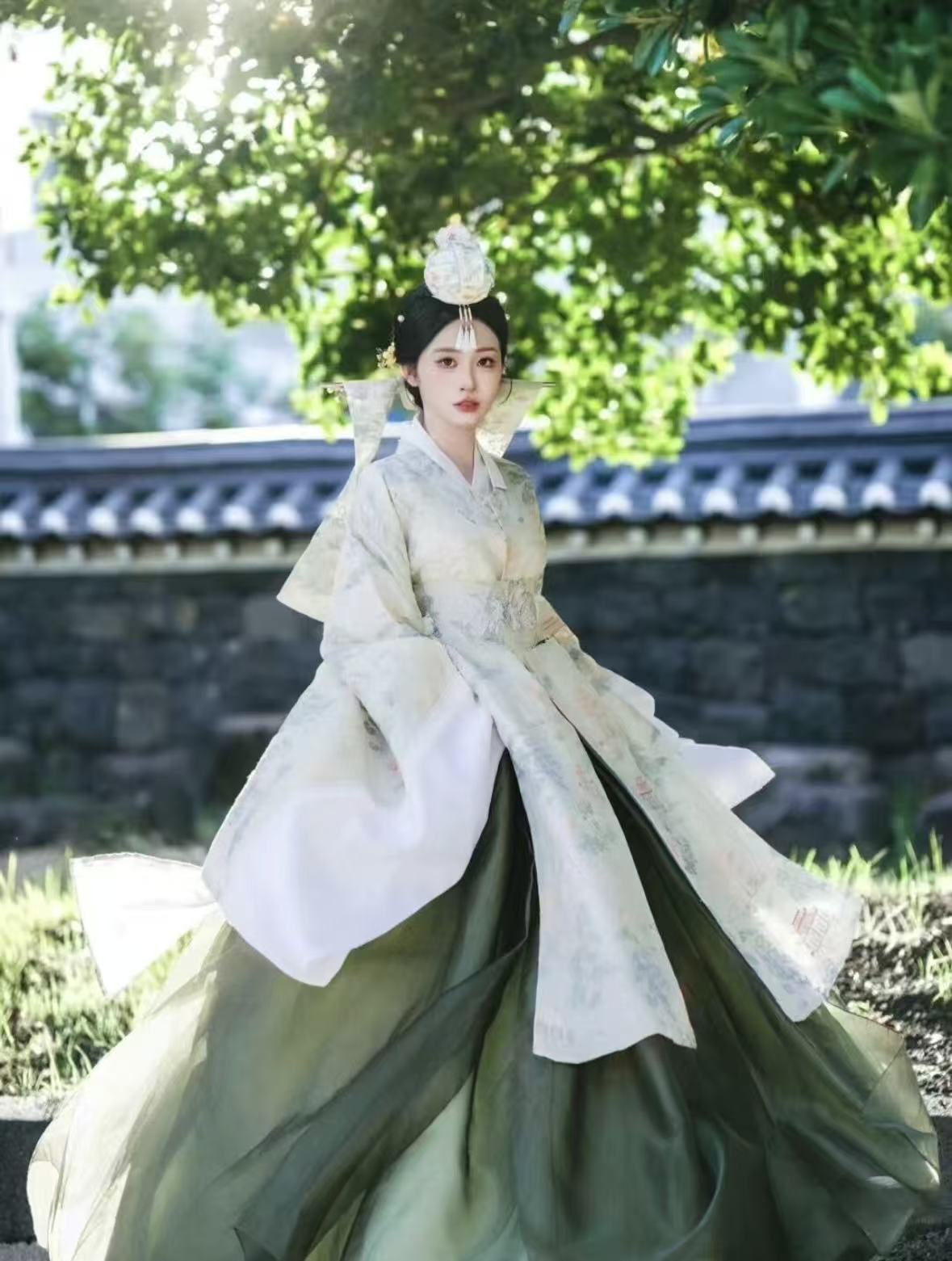In the world of traditional Chinese clothing, the art of tying skirts holds a special significance, representing centuries of cultural heritage and craftsmanship. From the graceful folds of the horse-face skirt (马面裙) to the elegant drapes of the wrapped skirt (裹裙) and the refined lines of the Ruqun (襦裙), each style of skirt carries its own unique symbolism and technique.

Tying the Horse-Face Skirt (马面裙):
The horse-face skirt, named for its resemblance to a horse's face, is characterized by its wide, flowing silhouette and distinctive pleating. To tie a horse-face skirt, begin by wrapping the fabric around the waist, ensuring that the front panel is slightly shorter than the back. Next, create large pleats by folding the fabric back and forth, securing them in place with a sash or ribbon. Finally, adjust the pleats to achieve the desired volume and drape, creating a stunning and elegant silhouette.




Wrapping the Guoqun (裹裙):
The guoqun, or wrapped skirt, is a versatile garment that can be worn in various styles depending on the occasion and personal preference. To tie a guoqun, start by wrapping the fabric around the waist, ensuring that the front panel overlaps the back. Then, secure the overlapping panels with a sash or ribbon, creating a fitted and flattering silhouette. For added elegance, consider embellishing the sash with embroidery or decorative elements, adding a touch of sophistication to your ensemble.


Styling the Ruqun (襦裙):
The ruqun, consisting of a separate upper garment (ru) and skirt (qun), is one of the most iconic and timeless styles of traditional Chinese clothing. To wear a ruqun, begin by donning the upper garment, which typically features a cross-over front and wide sleeves. Next, tie the skirt around the waist, ensuring that the front panel is shorter than the back. Secure the skirt with a sash or ribbon, adjusting the folds and pleats to create a balanced and harmonious look. The ruqun offers endless possibilities for customization, allowing wearers to express their individual style and personality.


In conclusion, mastering the art of tying traditional Chinese skirts is not only a practical skill but also a celebration of cultural heritage and craftsmanship. Whether you prefer the graceful elegance of the horse-face skirt, the versatility of the wrapped skirt, or the timeless charm of the ruqun, each style offers a unique and captivating way to showcase the beauty of traditional Chinese clothing. So let us embrace these timeless traditions, as we explore the art of tying skirts and celebrate the rich cultural heritage of China.








